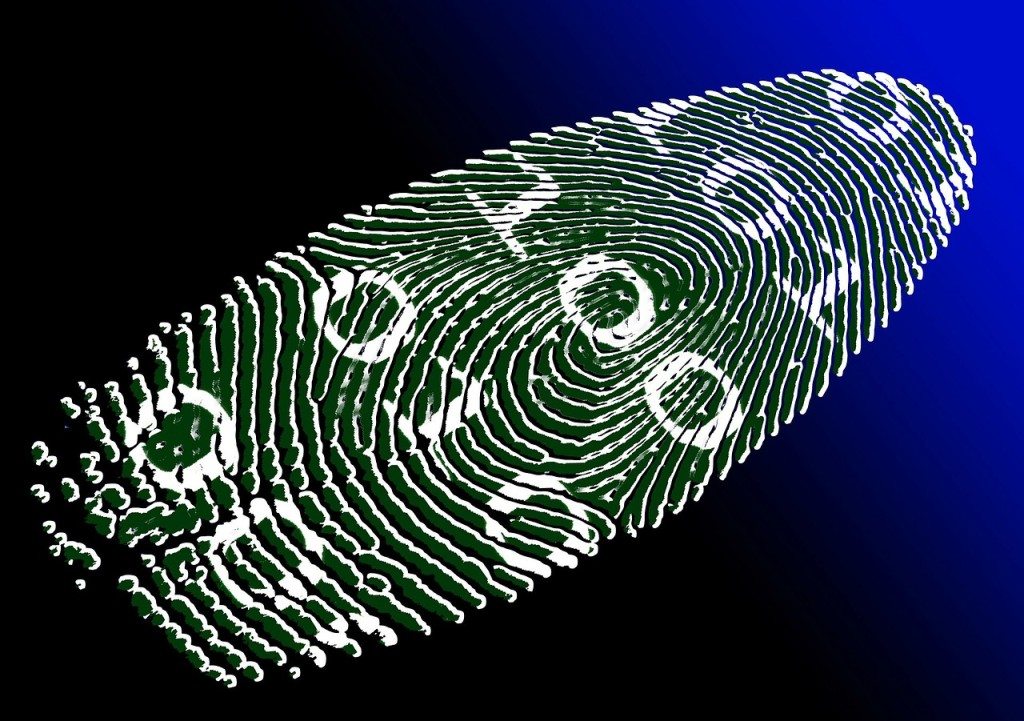At its core, crime is crime. The underlying motives and objectives of criminals haven’t really changed over time, but technology has completely changed the rules of engagement for better and for worse. Criminals can execute crimes more efficiently using technology, and at the same time, technology gives law enforcement powerful tools to identify and apprehend criminals. The intersection between law enforcement and cybersecurity offers solid career potential for the foreseeable future.
Changing the Game
The underlying crimes may not have changed, but the way they are executed has taken a quantum leap forward thanks to technology. A petty thief might rob a gas station or corner store and net a few hundred dollars. A tech-savvy thief can launch a phishing attack at the push of a button using pre-packaged malicious toolkits and steal thousands or tens of thousands of dollars without ever getting off the couch. A pickpocket might be able to nab a wallet or two in a crowded environment like Times Square or a bus station, but a modern criminal can compromise and steal identity information from millions of people in one successful data breach.
Technology has also eliminated geographic boundaries. Criminals can strike any individual in any country no matter where they’re based because the Internet connects us all globally. To a large extent crime is a numbers game. A certain percentage of people are vulnerable or gullible enough to be viable targets. The Internet allows criminals to cast a much wider net so that even a minimal success rate yields significant dividends when multiplied by millions or tens of millions of potential victims.
A Department of Homeland Security website cites the following information: “In 2012, Norton reported that cybercrime costs the world significantly more than the global black market in marijuana, cocaine, and heroin combined.”
Cat and Mouse
Technology and the innovations it brings to the table for criminals have posed a challenge for law enforcement. The tools and methods of old-school detectives have little or any value when dealing with a global phishing attack. Even in more traditional scenarios dealing with local, individual crimes, law enforcement agents need to understand technology enough to know where to look and what to look for to find clues and evidence.
The shift in crime and the changes it has forced on how investigations are handled has led to significant demand for tech-savvy cybersecurity experts in the field of law enforcement. While more criminals are using technology to perpetrate crimes, the vast majority of them aren’t tech masterminds. They leave tracks they’re not aware of and all it takes is a cybersecurity expert on the law enforcement side of things to discover those clues.
Cybercrime is a serious threat to individuals and the economy for millions of people around the world. It also affects national security. Technology will continue to evolve and cyber criminals will continue to adapt and develop innovative new tools and techniques. With advances in cybersecurity and the intersection between cybersecurity and law enforcement, it’s a great time to consider a career that merges the two.
I’m compensated by University of Phoenix for this blog. As always, all thoughts and opinions are my own.
- Exploring the Future of Identity Security and Agentic AI - December 3, 2025
- Tech Gifts Under $30 That Don’t Suck - December 2, 2025
- Smart Holiday Gifting: The Best Tech Under $75 for 2025 - November 26, 2025



